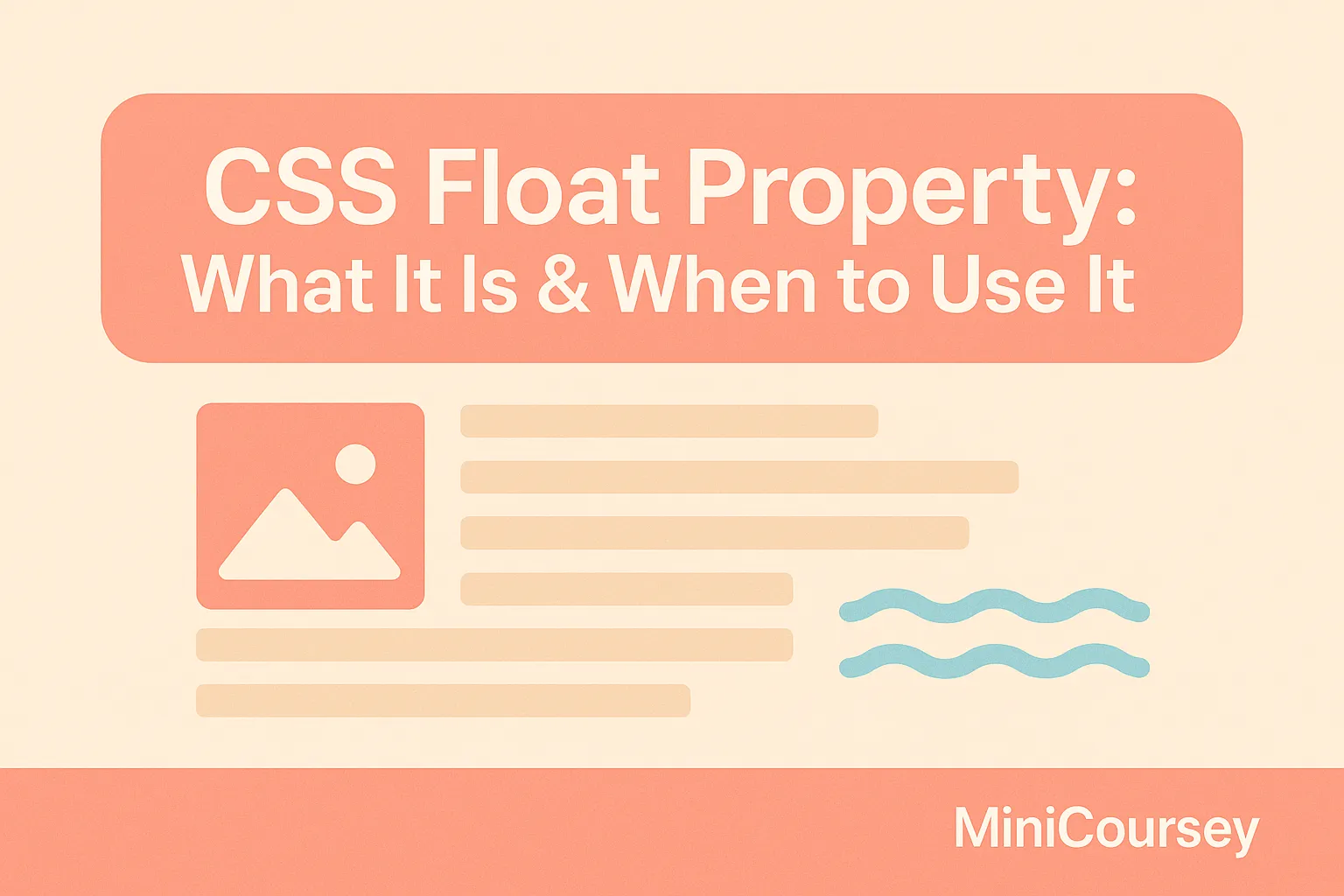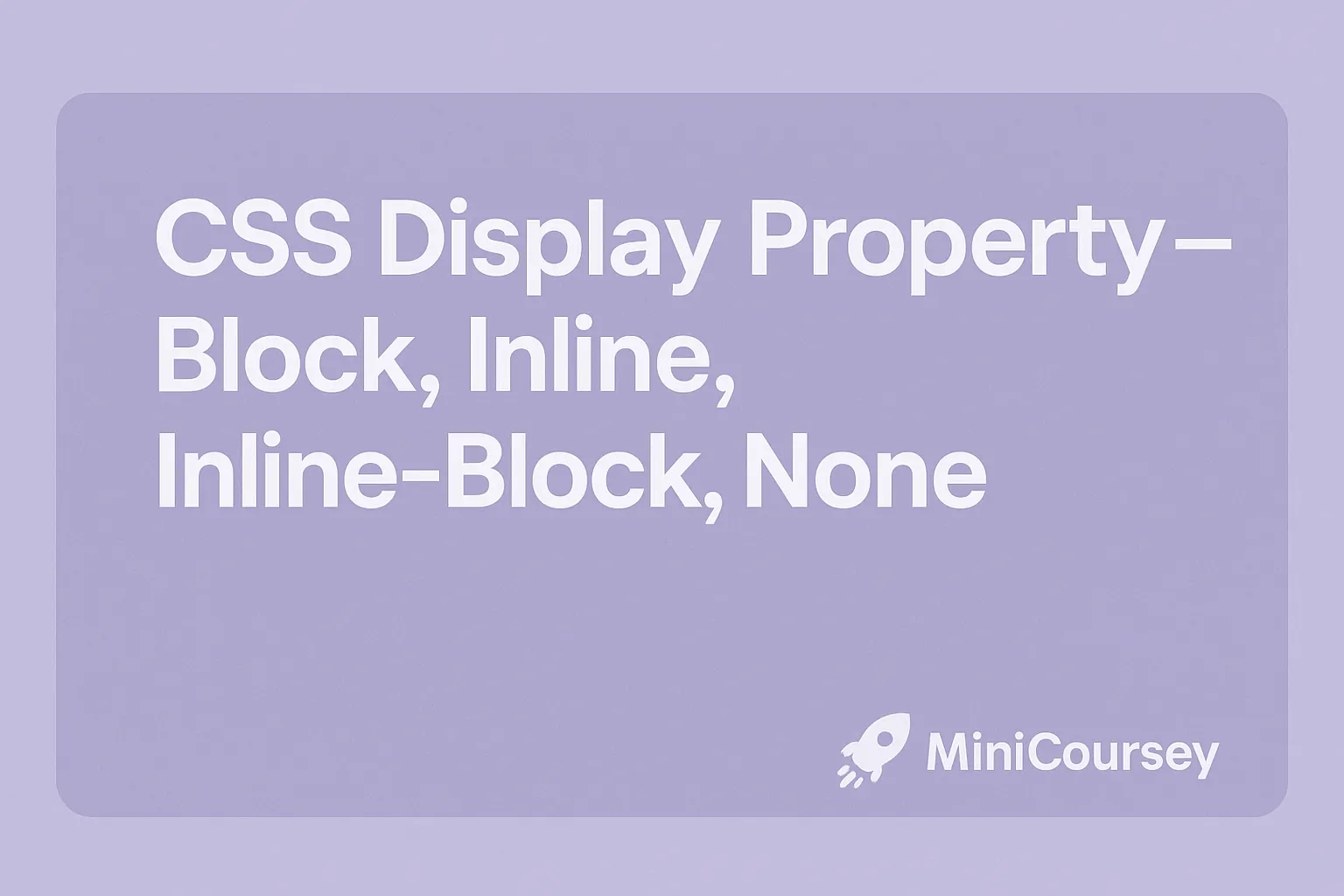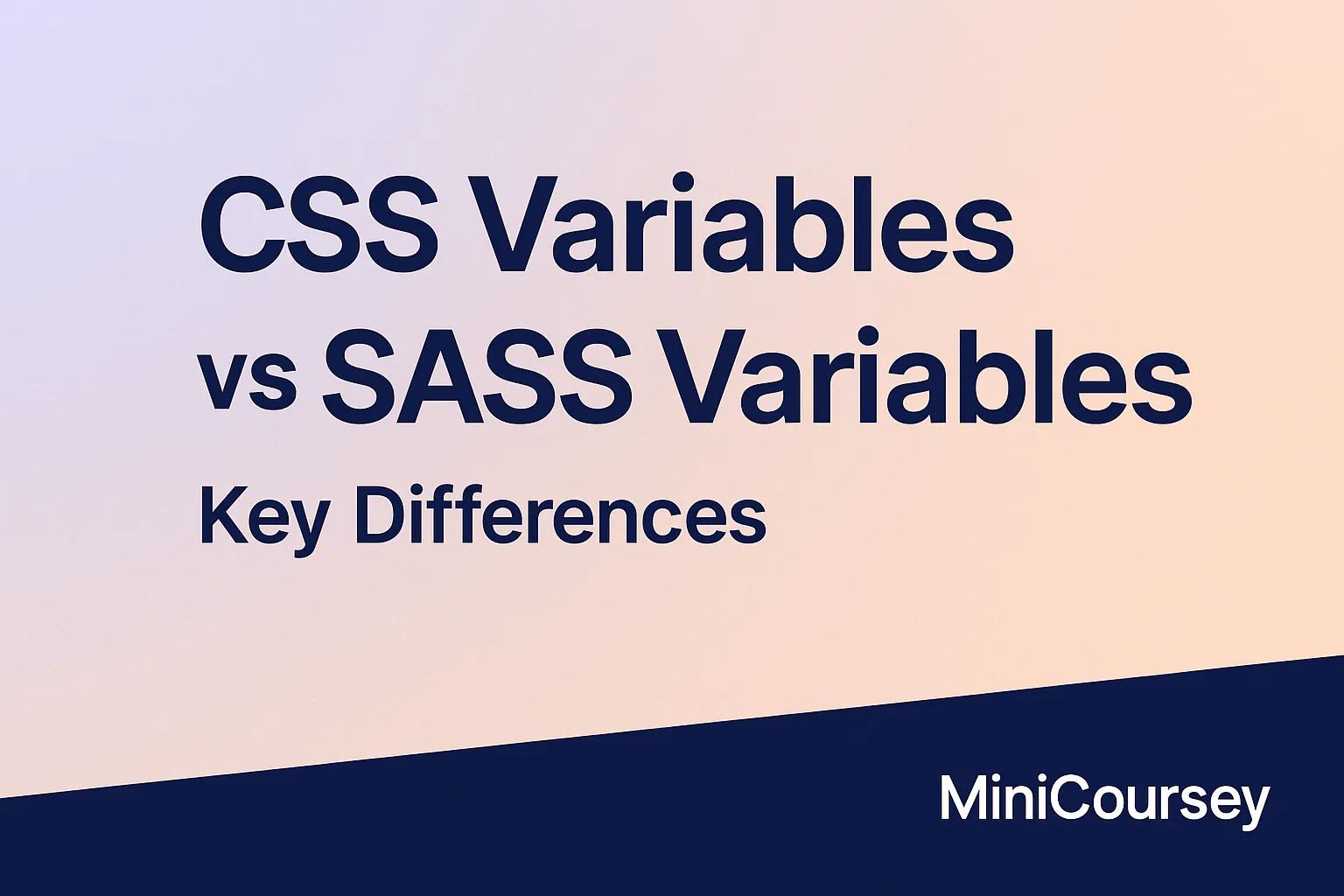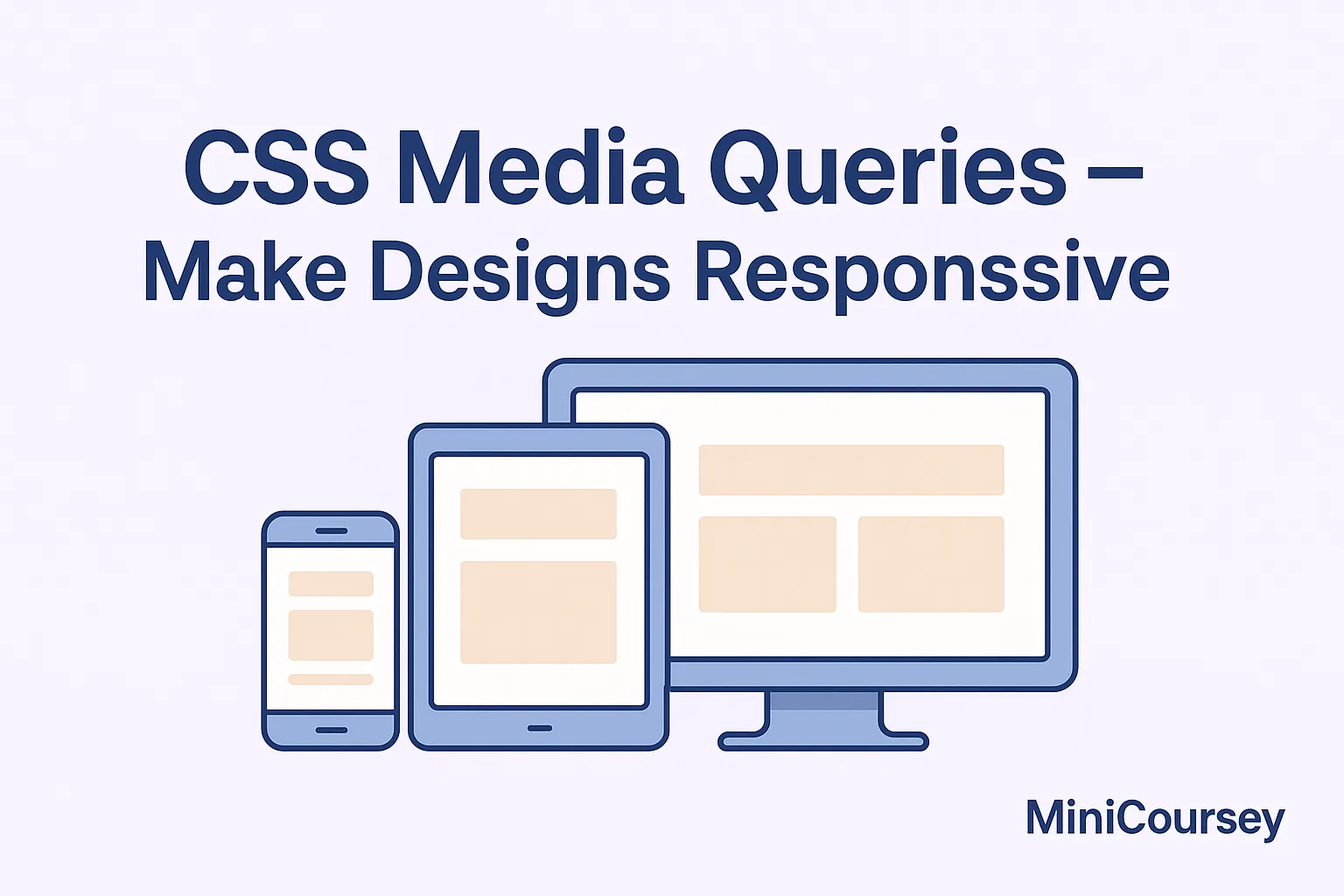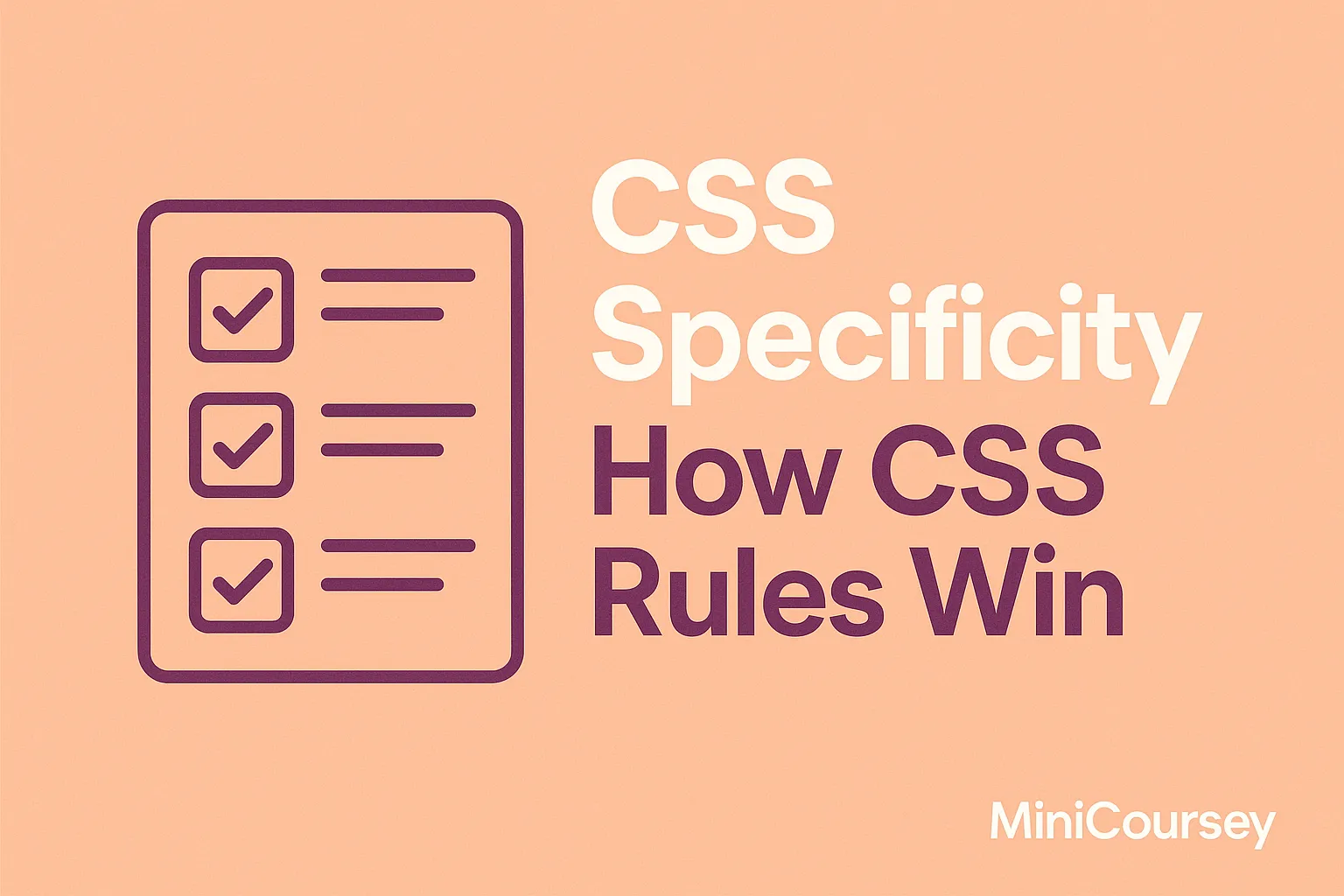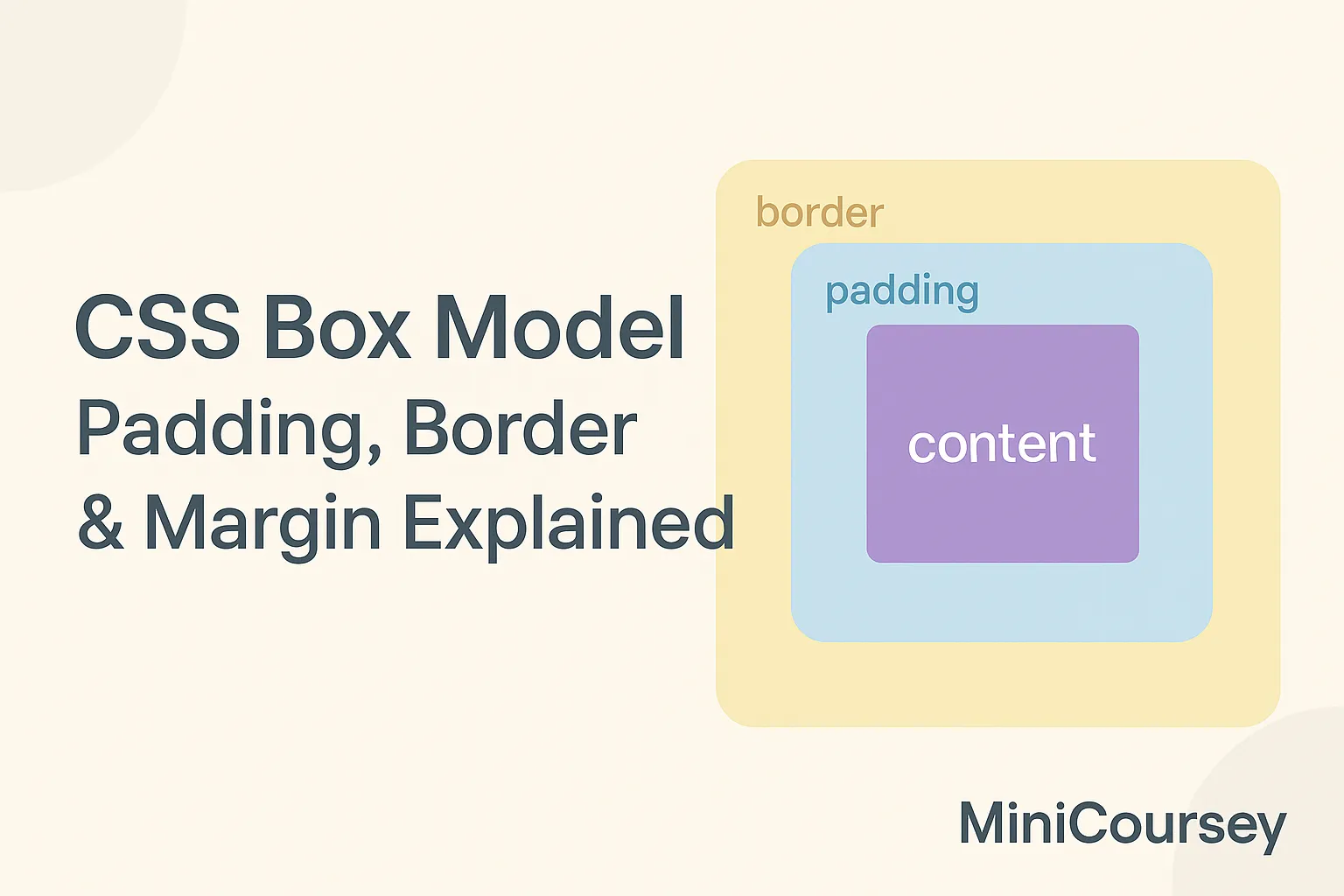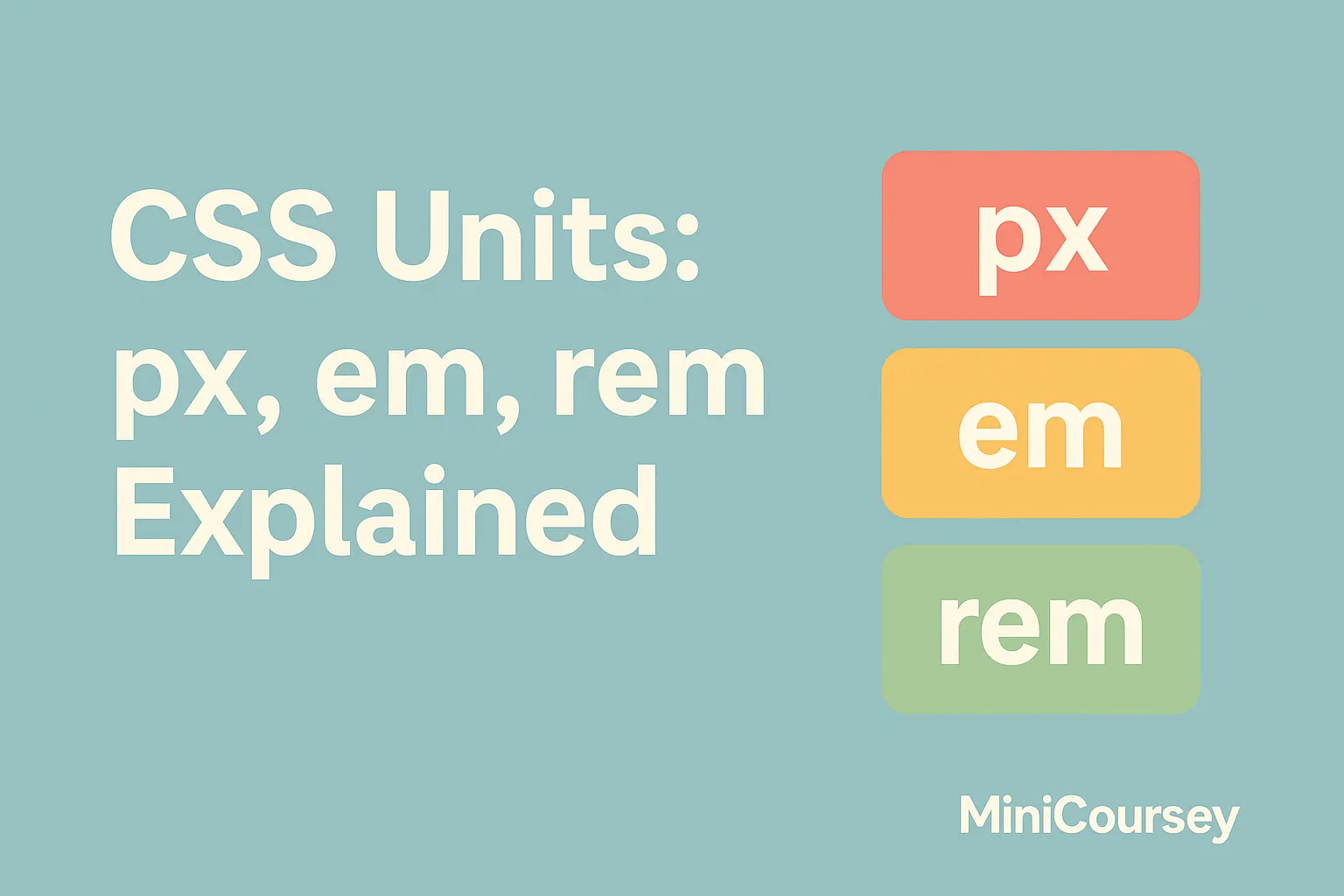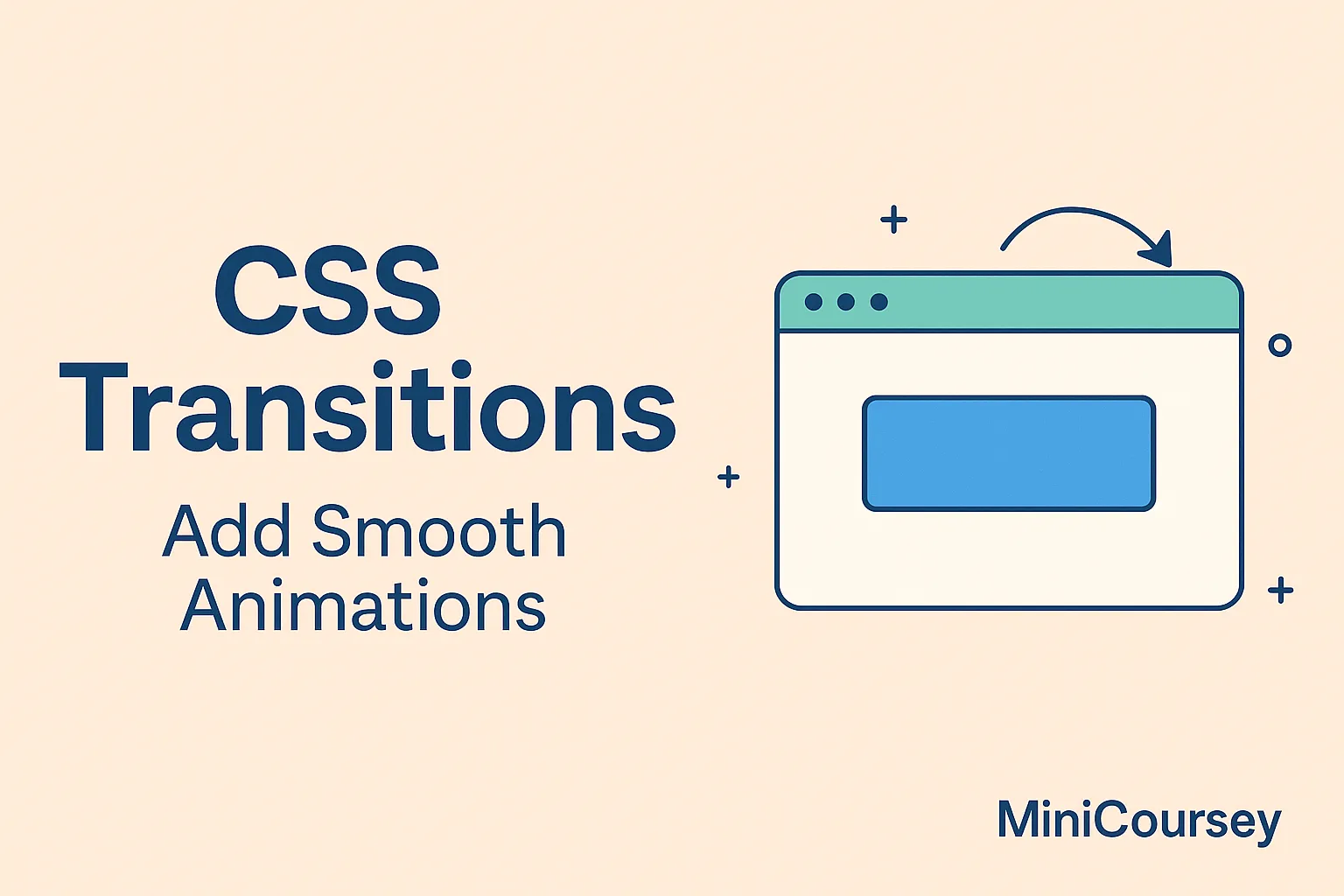CSS Float Property — What It Is & When to Use It
Once upon a time, the CSS Float property was a core tool for creating multi-column layouts on the web. While newer layout methods like Flexbox and Grid have taken its place for most scenarios, understanding how Float works is still useful — especially when working with legacy code or wrapping text around images. In this … Read more

